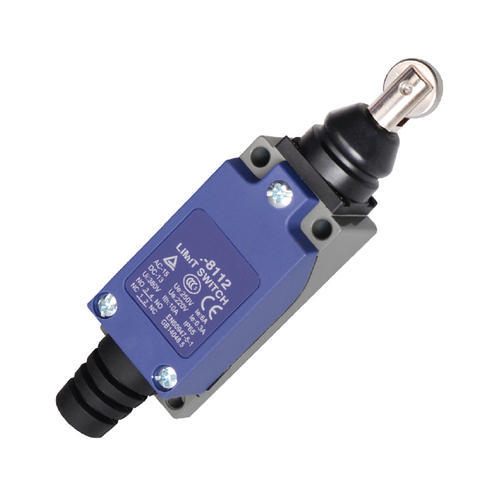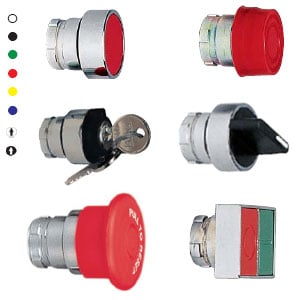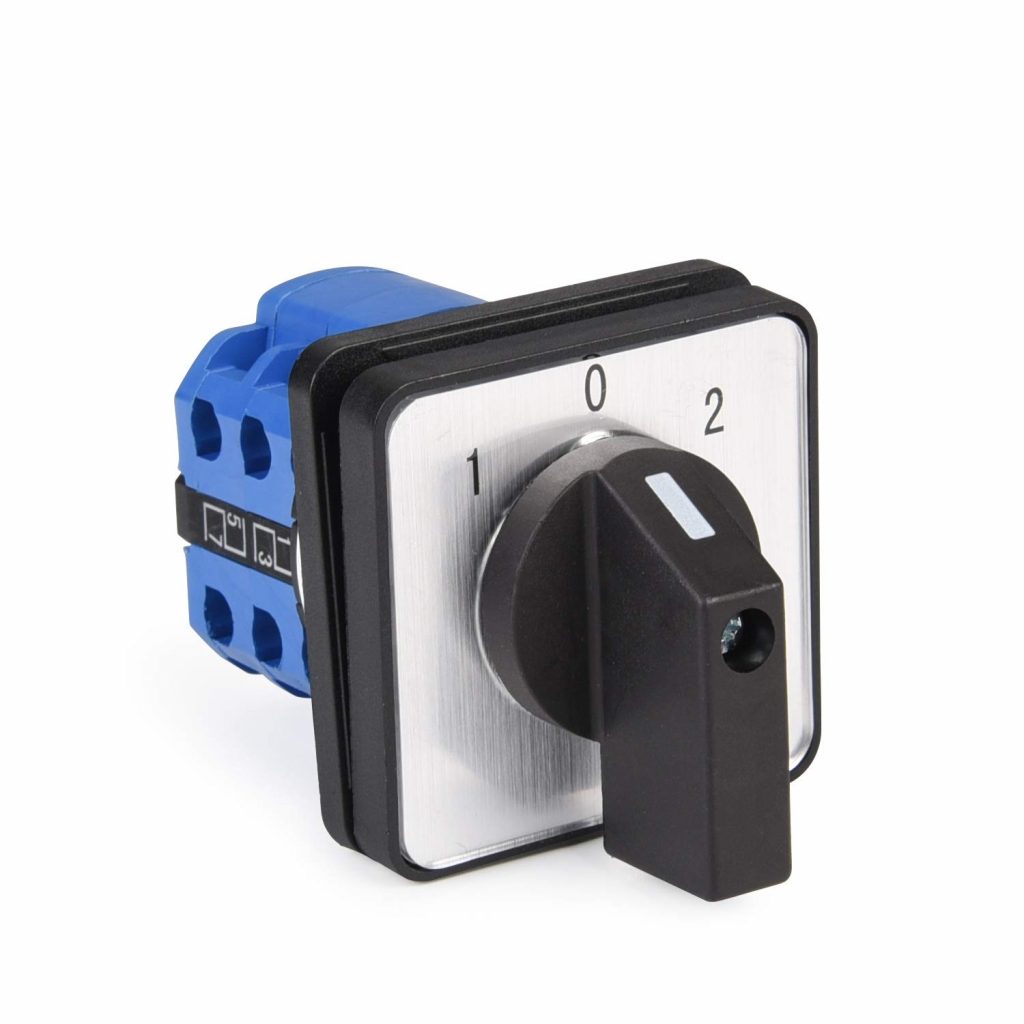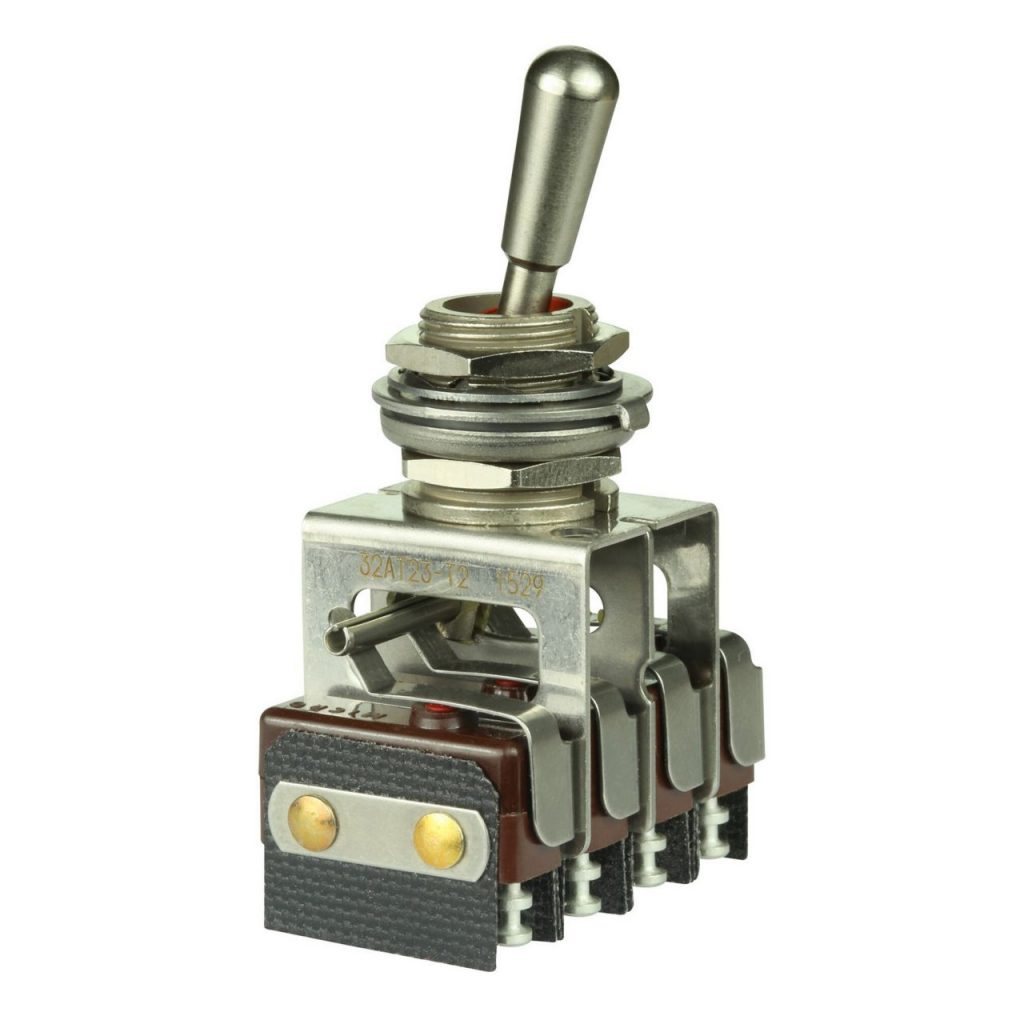DO YOU WANT TO KNOW DETAIL ABOUT OUR PRODUCTS??
limit switch
A Limit Switch is a detection switch which consists of a basic switch in a metal or resin case. The strong outer case protects the inside of the switch from external forces, moisture, oil, dust and dirt so that it can be used in locations that demand mechanical strength and environmental resistance.
- Roller Lever& Adjustable Roller Lever
- Roller plunger
- Rounded plunger
- Rod Lever
- Rotative Axis
- Cable pulls
PUSH BUTTONS
Push buttons and signaling devices include a broad spectrum of operators. We offer push buttons, toggle switches, pendant stations, indicator lights, assembled operator stations, and operator station enclosures. Our audible and visual signaling devices include horns, loudspeakers, beacons, strobes, panel light bars and tower stack lights. They help to reduce downtime by signaling breakdowns and material shortages as well as alert operators of hazards.
- 30 mm Operators(800T/H; NEMA 30 mm)
- 22 mm line of operators
- Hazardous Location Operators
- Emergency(Grip Enabling Switches; Cable Pull Switches)
- Rotative Axis
ROTARY SWITCHES
Rotary switches are multifunctional electromechanical switches that can be a great alternative to pushbutton switches. Designed to rotate and turn 360° or move to the next position with an internal rotating pin that allows the cap to rotate. The main characteristic of rotary switches is that they can be used to control different circuits or controls with a single switch. These switches are available in various sizes, shapes, and materials.
- 140G Through the Door Rotary Operator
- 194R Rotary Disconnect Switches
- 194U Non-fused Rotary Disconnect Switches
TOOGLE SWITCH
Toggle switches are actuated by moving a lever back and forth to open or close an electrical circuit. There are two basic types: maintained contact and momentary contact. Maintained contact toggle switches maintain the position to which they are moved or actuated. Momentary contact toggle switches do not. Both types of toggle switches can use short (.5-in.), ball (<.75-in.), standard (.75-in.), or long (1.5-in) handles.
- Single pole single throw (SPST)
- Single pole double throw (SPDT)
- Double pole single throw (DPST)
- Double pole double throw (DPDT)




